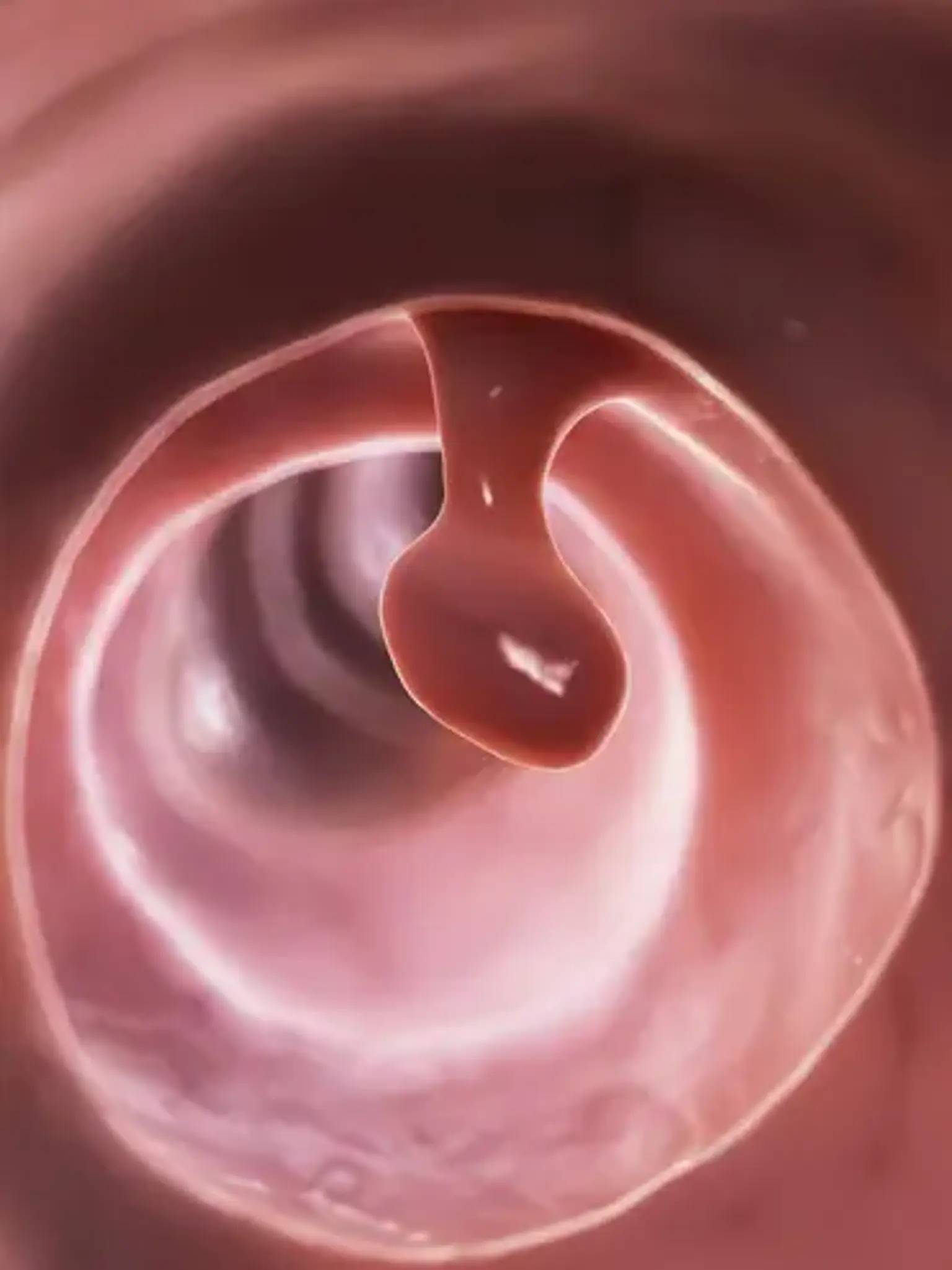Polyps of the Gastrointestinal Tract
Overview
A gastrointestinal tract polyp (Colorectal polyp) is a fleshy growth that develops on the colon or rectum lining. Colorectal polyps that go untreated can turn into colorectal cancer.
Colorectal polyps are frequently categorized according to their behavior (i.e. benign vs. malignant) or etiology (e.g. as a consequence of inflammatory bowel disease). They might be benign (such as a hyperplastic polyp), pre-malignant (such as a tubular adenoma), or malignant (such as colorectal adenocarcinoma).
Polyps seldom cause symptoms. Symptoms that may be present include: blood in the feces, changes in bowel habits and fatigue as a result of blood loss over time.
